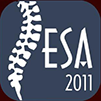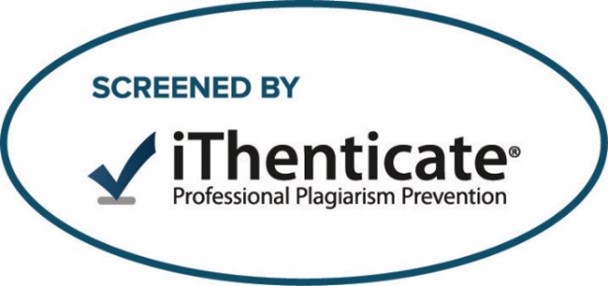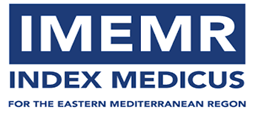Subject Area
Thoracolumbar junction
Document Type
Original Study
Abstract
Background Data: The primary indications for anterior approach in vertebral surgery include the conditions associated with the destruction of one or more vertebral bodies and intervertebral discs, vertebral fractures, and deformities.Purpose: To evaluate the clinical and radiological outcome of the anterior surgical approach in the management of lesions of the thoracolumbar area. Study Design: A retrospective clinical case study and a literature review.Patients and Methods: Between January 2007 and January 2011 a total of 15 patients admitted and surgically treated for thoracolumbar spine lesion. All patients underwent anterior thoracolumbar fixation surgery. Data were analyzedretrospectively. The outcome was evaluated with (ASIA) scale after three months, six months and one year following surgery. Plain x-Ray both anteroposterior and lateral views and 3D Computed Tomography were done postoperatively.Results: Fifteen patients, 10 males and 5 females with ages ranging from 17 to 70 years were included in this study. They were operated upon for traumatic fracture in 10 patients and TB spondylodiscitis in 5 patients in the thoracolumbar area. The average operative time was 4 hours. The average postoperative hospitalization was 14.5 days. According to ASIA; patients grade A (N=5), and E (N=2) remained the same post-operatively, whereas, of the other patients with incomplete cord lesion (N=8), six improved one grade and two did not improve. The preoperative segmental kyphosis improved postoperatively at the three-month visit from a mean of 26.2o to a mean of 11o. Conclusion: Anterolateral approach can be an effective means of treating thoracolumbar spine lesions. It allows better safe decompression of neural structures.The titanium cage and Z-Plate system provide efficient stability and allows for early mobilization. (2012ESJ030)
Keywords
thoracolumbar, Anterolateral approach, Z-plate
How to Cite This Article
Farag, Alaa and Elawady, Moataz
(2012)
"Anterior Approach for Lesions in the Thoracolumbar Area: Evaluation of the Clinical and Radiological Outcome,"
Advanced Spine Journal: Vol. 4
:
Iss.
1
, Article 6.
Available at: https://doi.org/10.21608/esj.2012.3802























